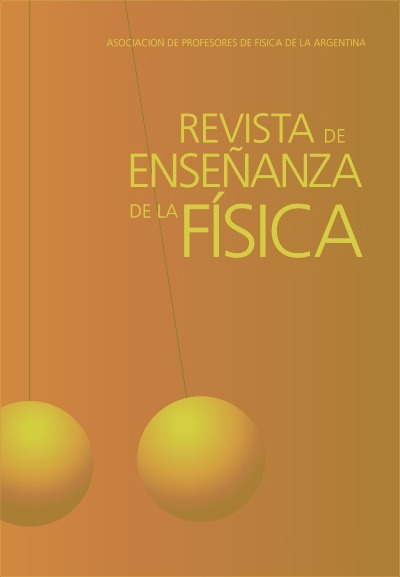Semantic Density of physical-mathematics structures and the approach to mathematics in teaching physics
Keywords:
Mathematics in Physics, Semantics, Semantic Density, Structuring Approach, Theory of Legitimacy CodesAbstract
This research presents new perspectives for the approach of Mathematics in Physics teaching. It is argued that physical-mathematical structures, such as F⃗ = ma⃗, for example, condense nominal, conceptual and relational meanings. The first ones would be associated with symbolic representation, the second with the physical concepts that the symbols express and the third ones with the physical- mathematical relationships, in which symbols and concepts are intertwined, in the structure or derivations kind of a⃗ = F⃗ m . Such meanings would be endowed with a semantic complexity, so that their intertwining would strengthen such complexity, generating what is called Semantic Density (SD). A concept of the Semantic dimension of Karl Maton's Legitimation Code Theory and which concerns the degree of condensation with which meanings are related within symbols. The more intertwined meanings, the greater the semantic complexity and the stronger the DS. The DS concept proposes three types of approaches to Mathematics in Physics teaching: the technical, structuring, and hybrid approach.
Downloads
Published
Issue
Section
License

This work is licensed under a Creative Commons Attribution-NonCommercial-NoDerivatives 4.0 International License.
Aquellos autores/as que tengan publicaciones con esta revista, aceptan los términos siguientes:Los autores/as conservarán sus derechos de copiar y redistribuir el material, bajo los términos estipulados en la Licencia de reconocimiento, no comercial, sin obras derivadas de Creative Commons que permite a terceros compartir la obra bajo las siguientes condiciones:
- Reconocimiento — Debe reconocer adecuadamente la autoría, proporcionar un enlace a la licencia e indicar si se han realizado cambios. Puede hacerlo de cualquier manera razonable, pero no de una manera que sugiera que tiene el apoyo del licenciador o lo recibe por el uso que hace.
- NoComercial — No puede utilizar el material para una finalidad comercial.
- SinObraDerivada — Si remezcla, transforma o crea a partir del material, no puede difundir el material modificado.
- Los autores/as podrán adoptar otros acuerdos de licencia no exclusiva de distribución de la versión de la obra publicada (p. ej.: depositarla en un archivo telemático institucional o publicarla en un volumen monográfico) siempre que se indique la publicación inicial en esta revista.
- Se permite y recomienda a los autores/as difundir su obra a través de Internet (p. ej.: en archivos telemáticos institucionales o en su página web) antes y durante el proceso de envío, lo cual puede producir intercambios interesantes y aumentar las citas de la obra publicada. (Véase El efecto del acceso abierto).










